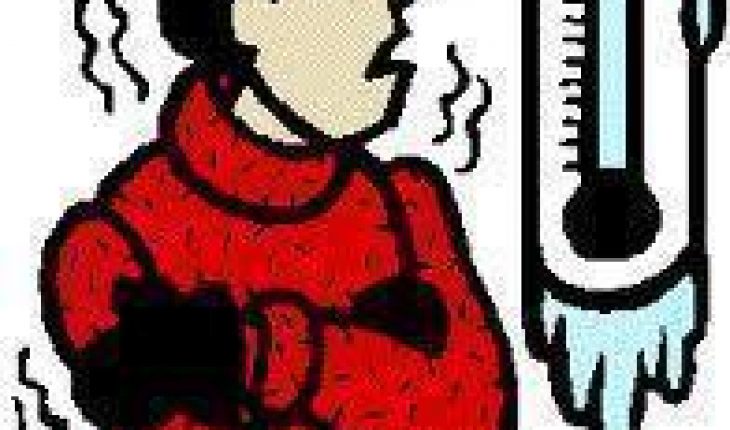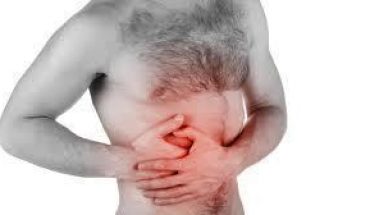The human body temperature is a concept that describes where on the body the measurement was taken, the time of day and the person’s pre-measurement activity.
The body’s temperature varies from person to person based on the environment and other factors. Rectal and vaginal temperatures, or those taken directly inside the body, are typically slightly higher than oral measurements, and oral temperatures are normally higher than skin temperature. In adult men and women the normal range for oral temperature is 33.2 and 38.2C (92 and 101F), for rectal it is 34.4 and 37.8C (94 and 100F), for the ear it is 35.4 and 37.8C (96 and 100F) and for the armpit, it is 35.5 and 37.0C (96 and 99F).
The time of day and other circumstances also has a direct impact on the temperature of the body. The core body temperature of an individual will normally have the lowest reading in the latter half of the sleep cycle; the lowest point, called the nadir, is known as one of the primary markers for circadian rhythms. The body temperature also changes when a person is in need of food, sleep or warmth.
Fever
While there is normal body temperature, there are times when the body will get hotter than this and not cool down within an hour. This is called a fever. Fever is a common medical sign characterized by a much higher than normal body temperature. That is – the temperature under the given condition is higher than the one stated above. It is above the normal range of 36.5 and 37.5C (98 and 100F) due to an increase in the body temperature regulatory set-point. Increased muscle tone and shivering can result from this increase in temperature.
As a person’s temperature increases one can normally expect a feeling of cold despite an increasing body temperature. Once the new temperature is reached, there is a feeling of warmth. A fever is one of the body’s immune responses that attempt to neutralize a bacterial or viral infection. A fever may be caused by many different conditions ranging from insignificant to potentially serious. With the exception of very high temperatures, treatment to reduce fever is often not necessary; however, over the counter medications and home remedies have been known to reduce and alleviate fever.
Hypothermia
Hypothermia which is known to be a potentially serious and deadly condition occurs when body temperature falls below 95F. Though hypothermia is a noticeable danger for people living in cold regions, many cases have been known to occur when air temperature is well above the known freezing point. Aged people, for example, have succumbed to hypothermia after prolonged exposure to indoor air temperatures of 50-65F (10-18.3C). In the United States, hypothermia is normally an urban phenomenon associated with alcoholism, drug addiction, mental illness, and cold water immersion accidents. The victims are often homeless male alcoholics. Statistically, 11,817 deaths were caused by hypothermia in the United States between 1979 and 1994, but researchers suspect that quite a number of fatal cases go unrecognized.





